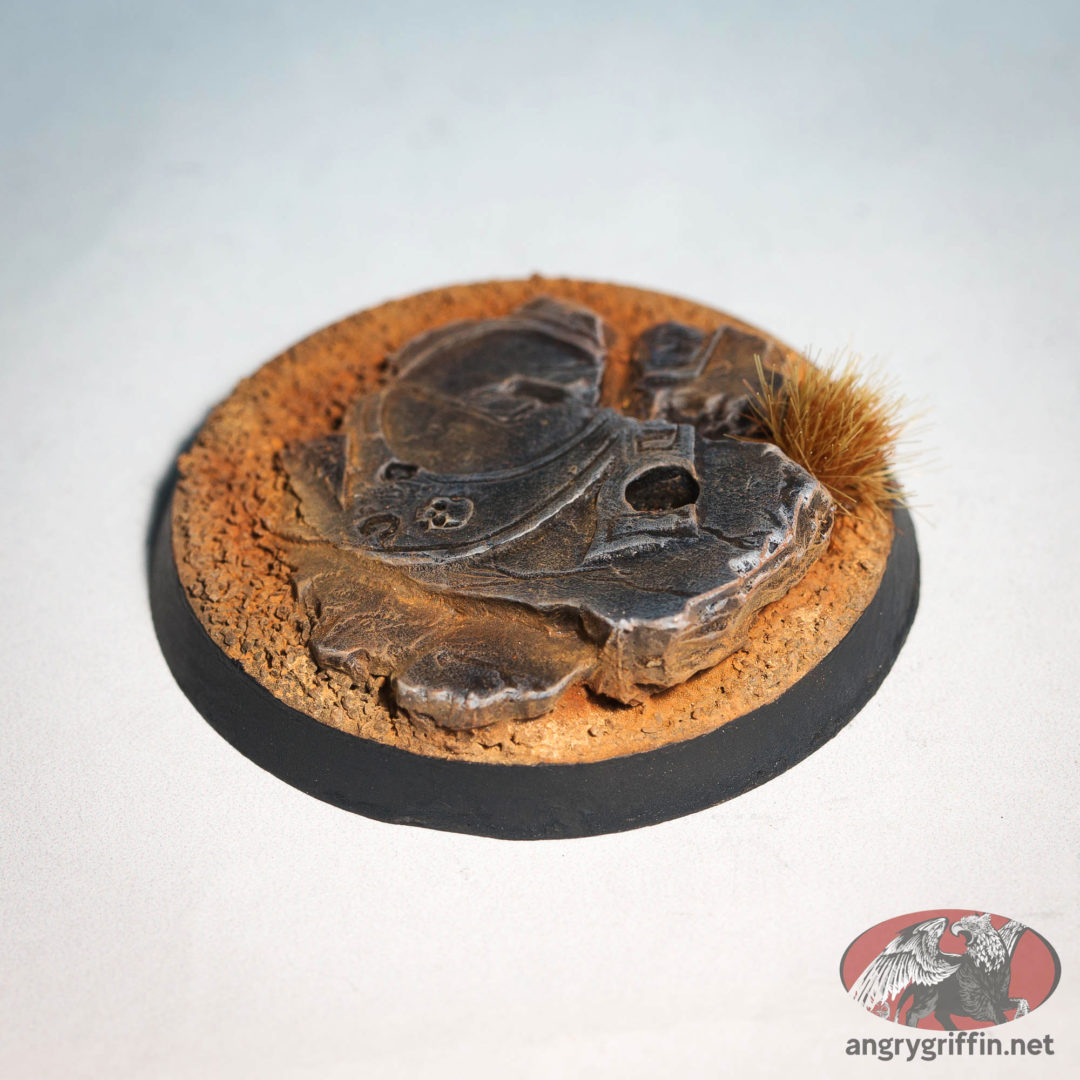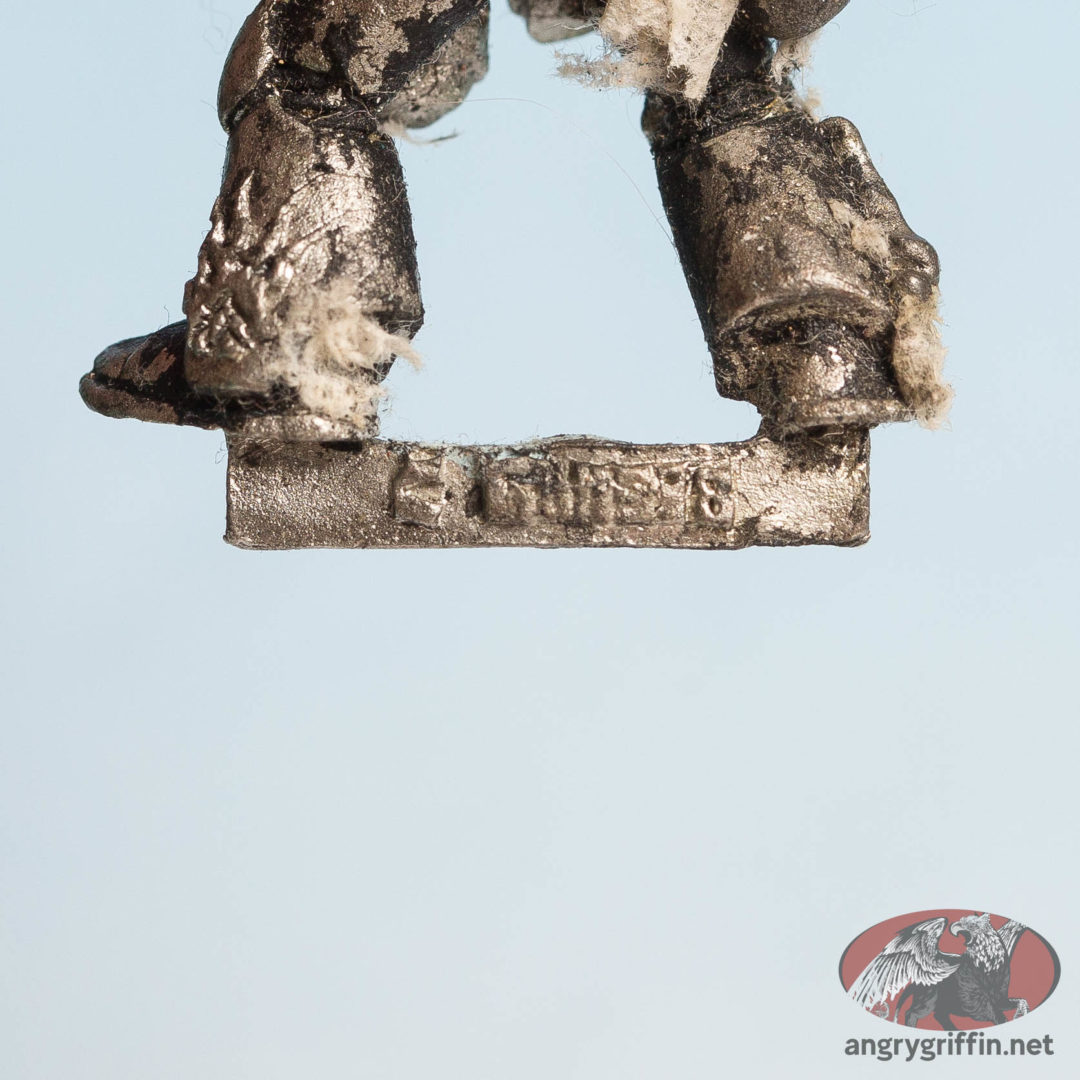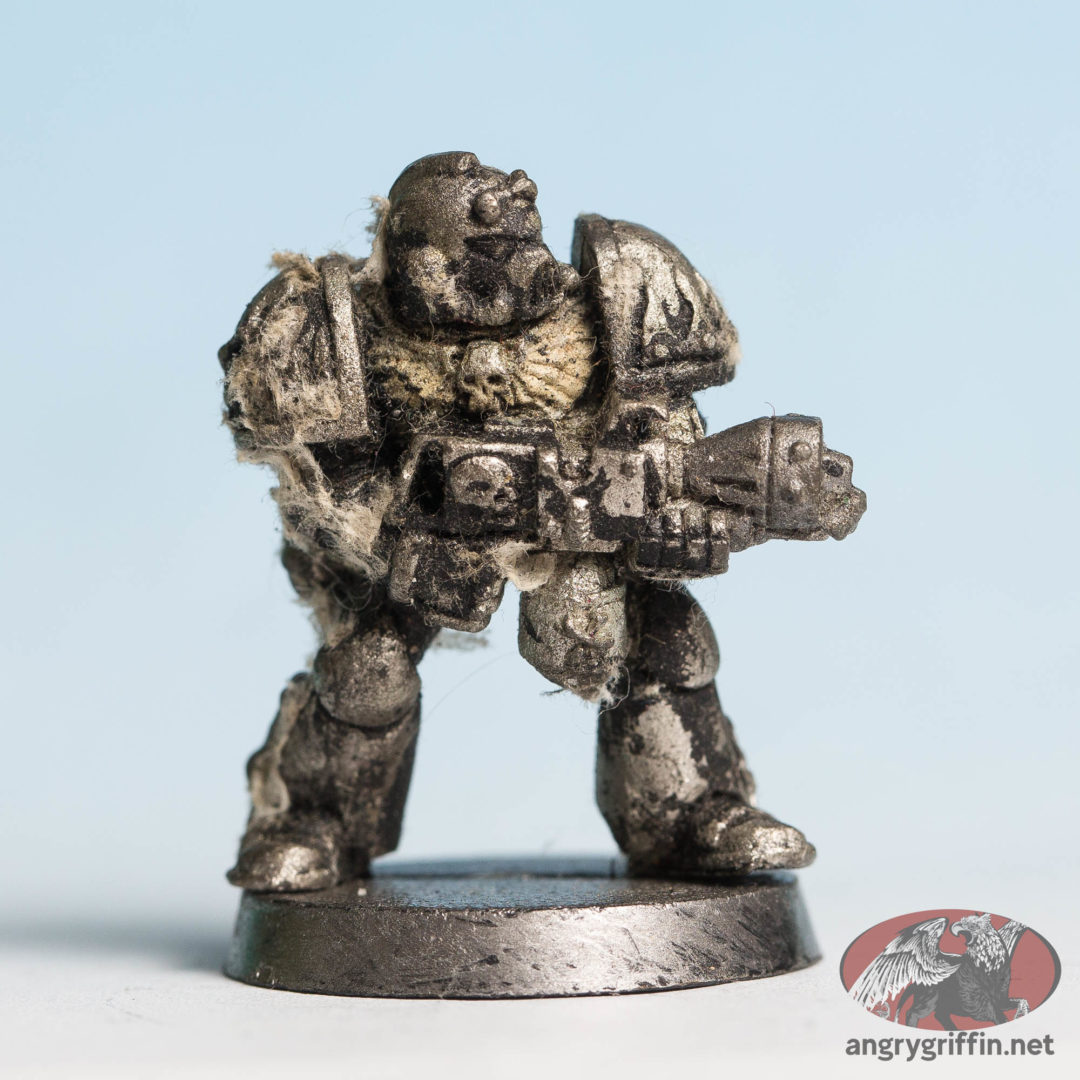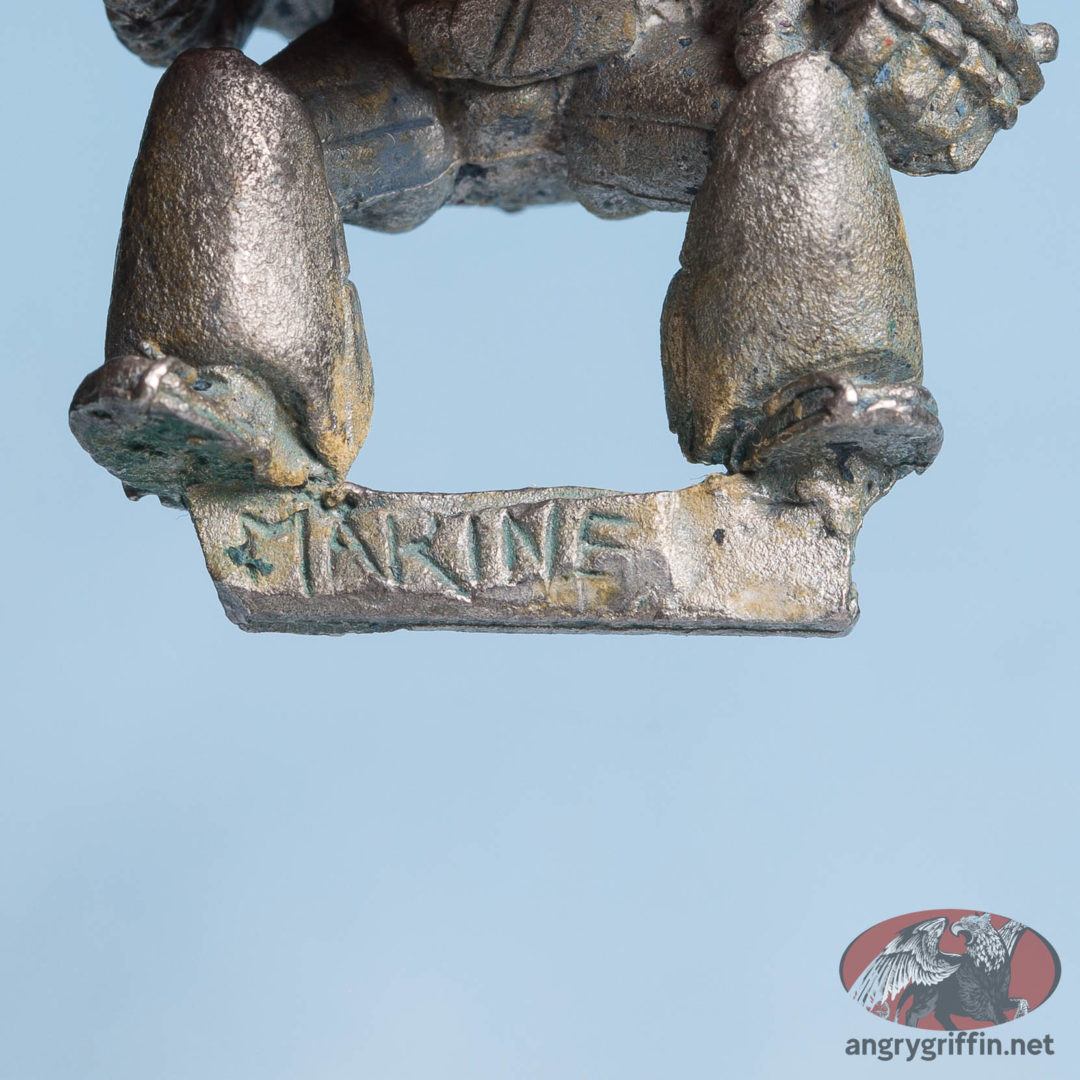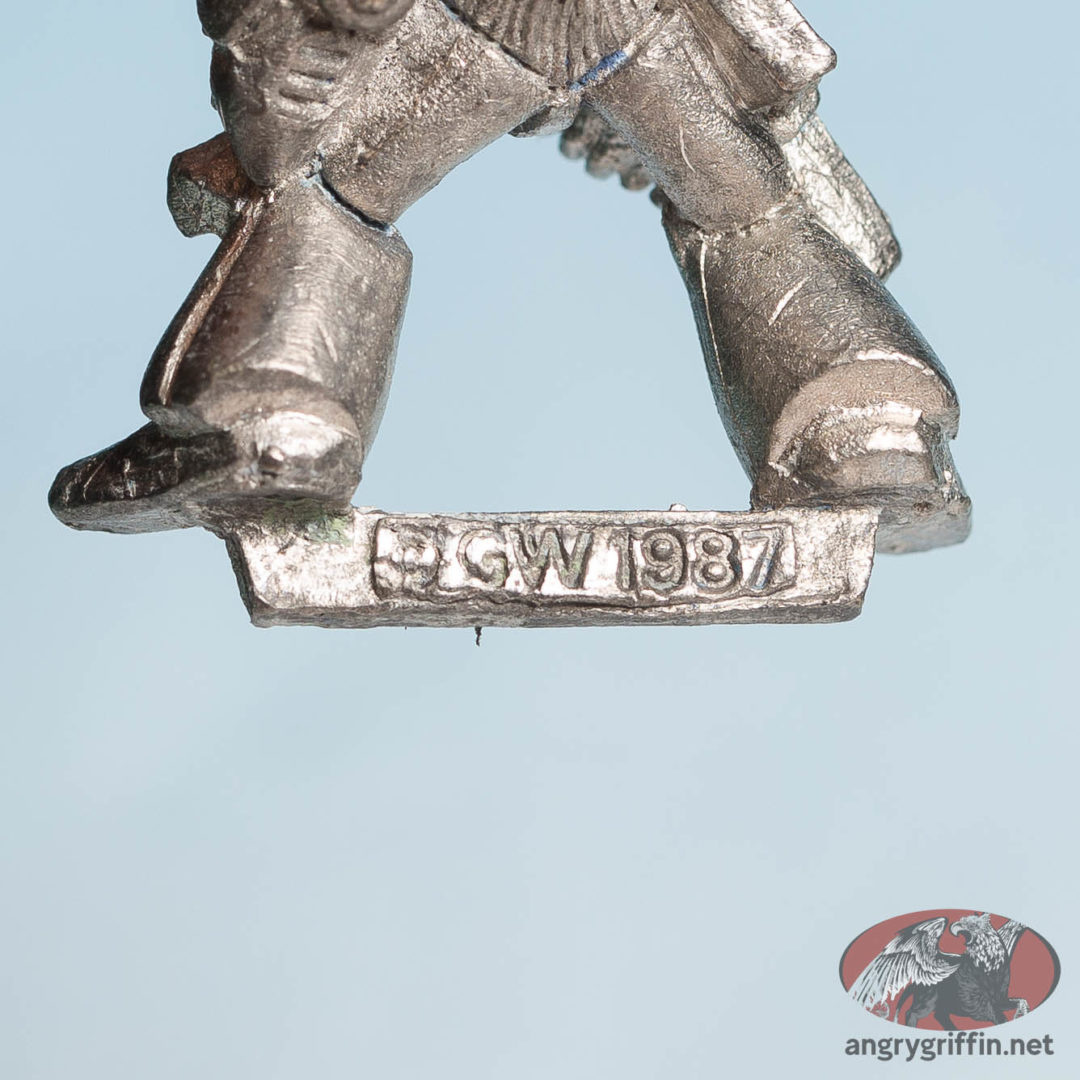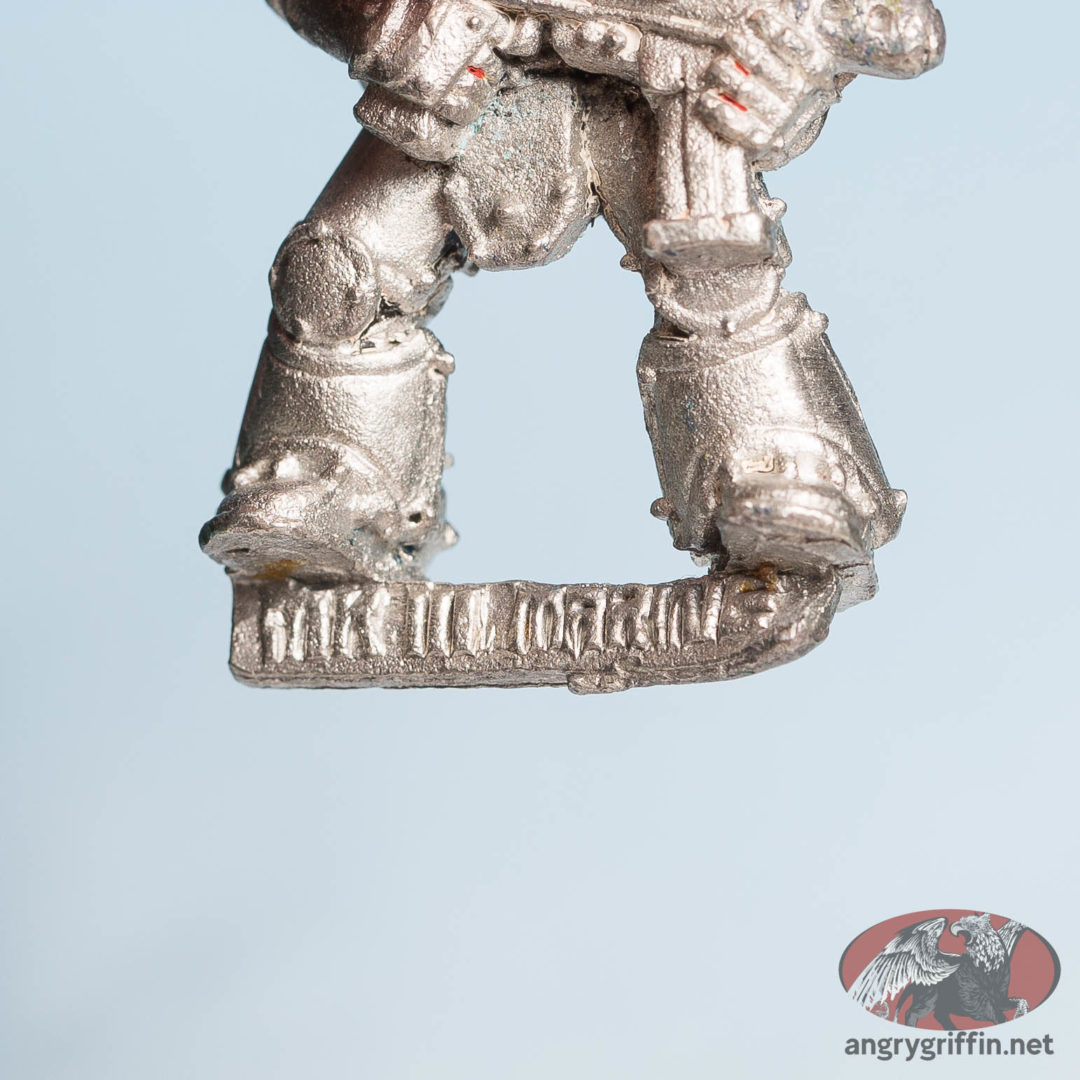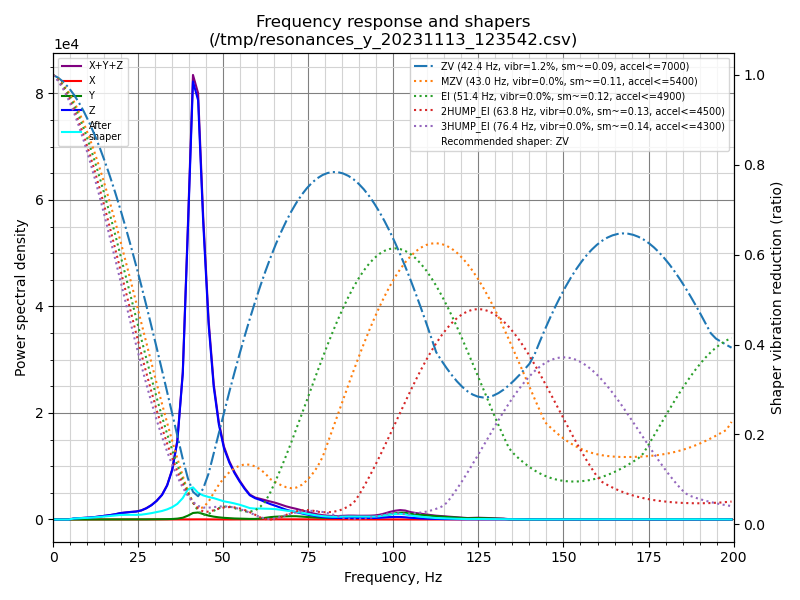This chap was known as Brother Holt in Rogue Trader originally, and is shown in the 1991 catalogue as Flamer, part number 070119/24. 1988 on the tab.


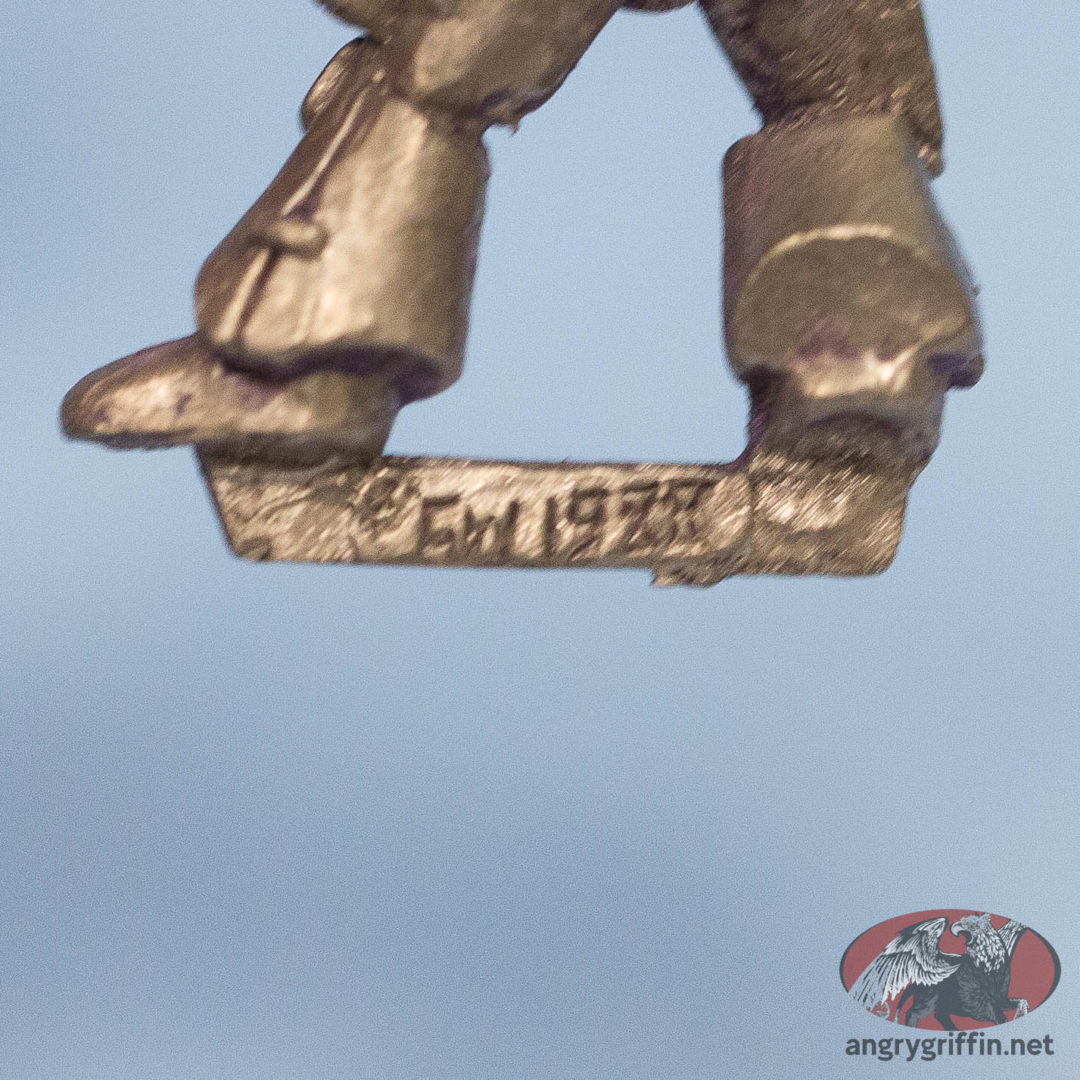

Unfortunately he has a bit of damage on his face – I think I’ll make that another piece of metal holding him together.

Paints:
- Undercoat: Vallejo Mecha Black
- Blue: Scale75 Art Cobalt Blue, highlighted with a mix of that and Kimera’s The White.
- Black: Kimera Carbon Black
- Skin: Scale75 Pale Skin, highlighted with a mix of that and Art White, shaded with a mix of that and Burnt Sienna Umber. Scars in SART-24 Purple. Wash of diluted Guilliman Flesh and a little bit of Fyreslayer Flesh.
- Silver: Black Metal/Thrash Metal/Speed Metal/White Alchemy and Emerald Alchemy
- Yellow: Kimera’s Cold Yellow and Orange, highlighted with a mix of Cold Yellow and The White. Blackening with Scale75 Soilworks Ash.
